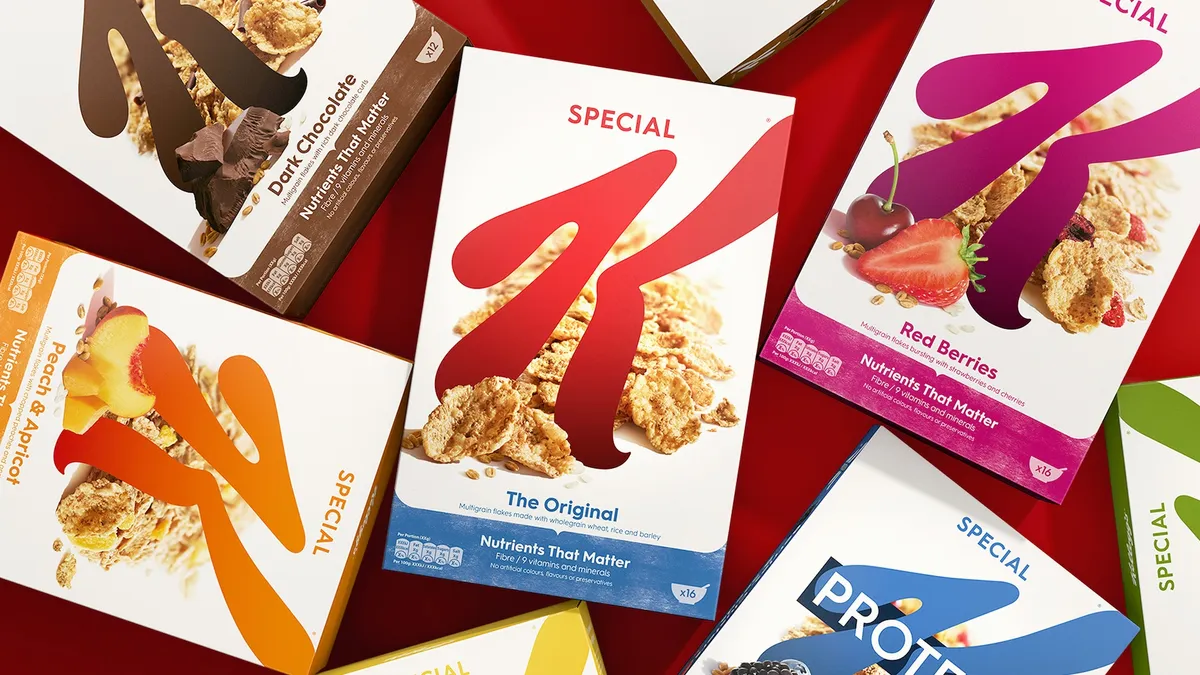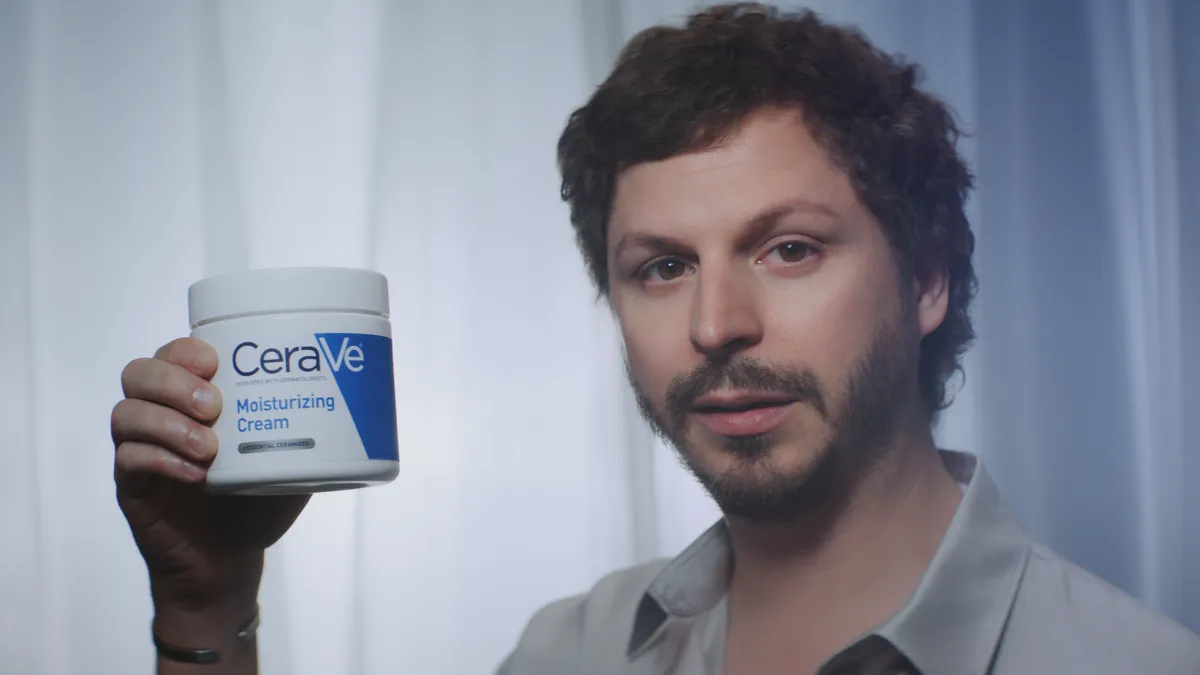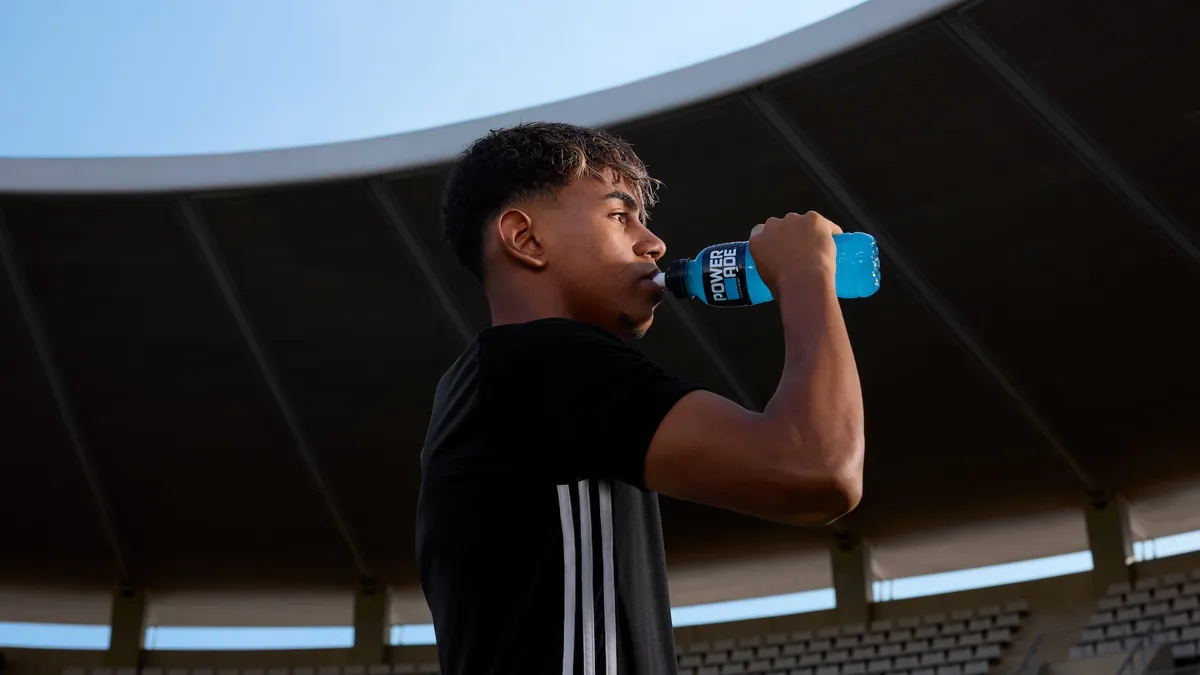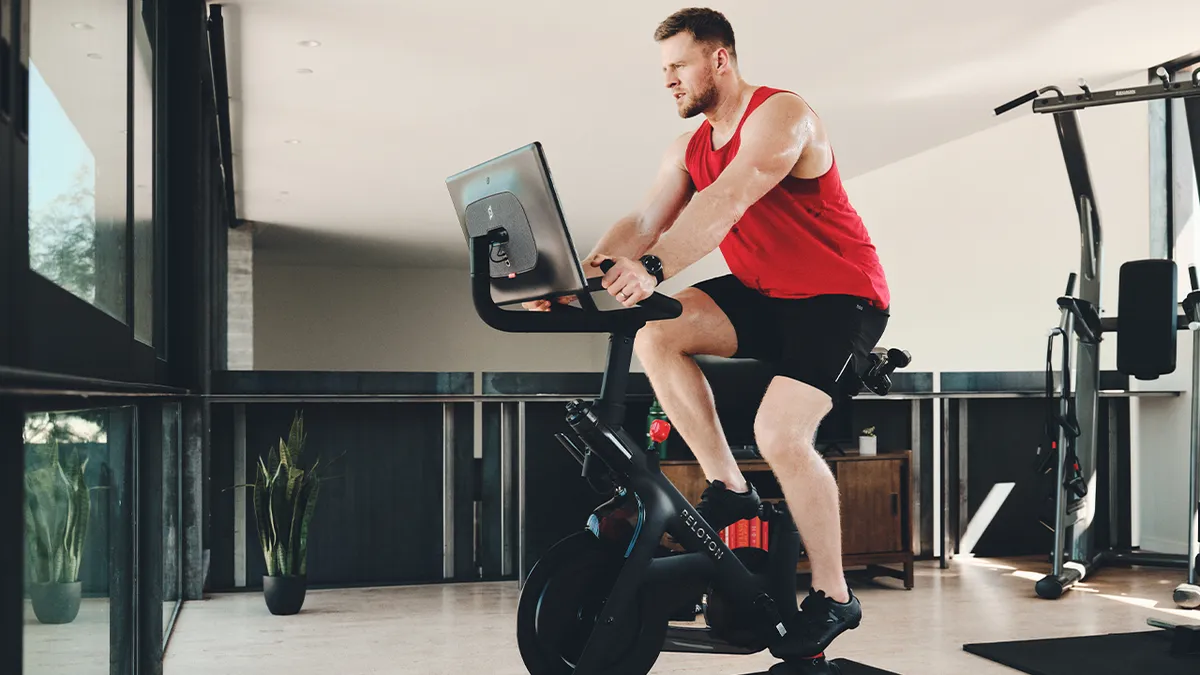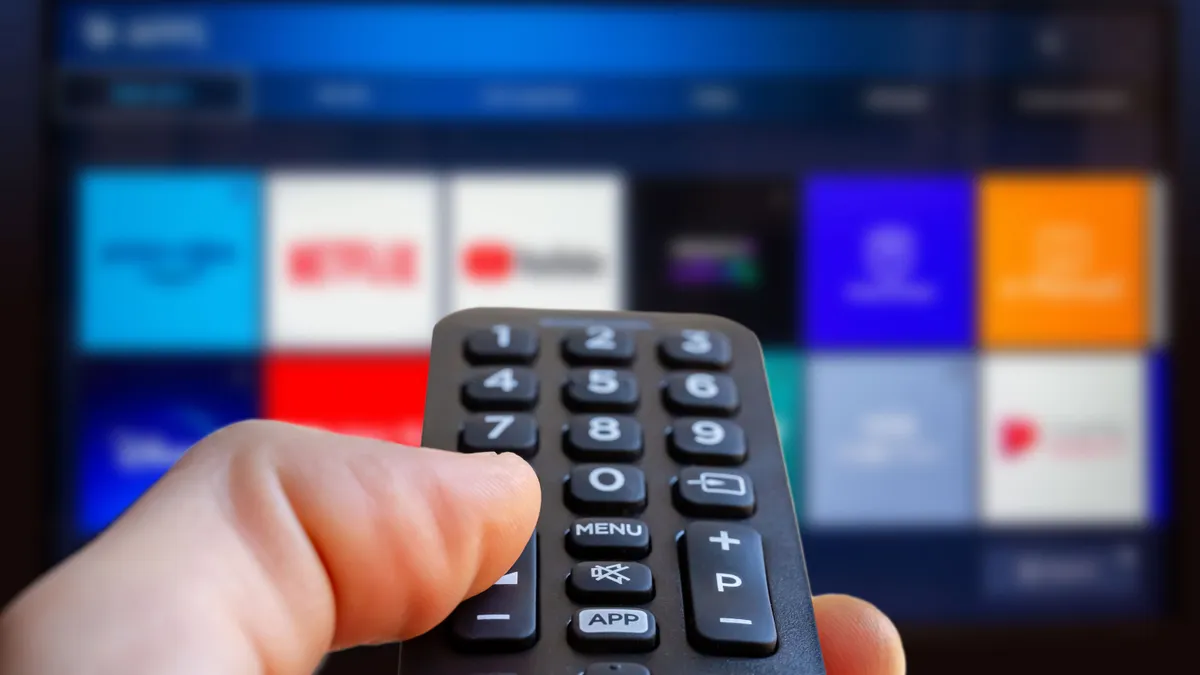Kellanova had a problem with Special K in the U.K. last year. The vitamin- and protein-rich cereal had seen volumes decline and stagnating market penetration. As its premium price went up, indexed at 145% higher compared to the rest of the category, other metrics went down. While awareness was not a problem for the 70-year-old brand, consideration rates began to mirror those of private label brands.
To address Special K’s flagging interest, Kellanova — a group that markets snacks including Pringles and Cheez-It, along with international cereal brands following the Kellogg Company’s 2023 split into two companies — turned to LiveRamp for a clean room. The technology allows marketers to access and collaborate on various data sets while protecting privacy and has regained industry attention as the need for more customer insights creates friction with mounting data-privacy concerns.
“Clean rooms [for] improving our targeting is one of the big areas we identified as having a measurable impact in our work and our connection with the consumer,” said Louise Cotterill, Kellanova’s global senior director of insights and intelligence.
The traditional marketing approach for Special K had been demographic-based and used one set of marketing creative. But by unifying postcode-level Circana data with 20 million addressable records from Experian, Kellanova was able to better understand household compositions and interests.
“How do we segment and identify [consumers] and go beyond demographics into their purchase behavior, historical behaviors and competitor buying [behaviors]? Are there better predictors of who’s going to buy the cereal?” said Cotterill.
The revamped approach identified two distinct groups of Special K consumers: loyal buyers that the brand needed to encourage to buy one more time to grow the brand, and lovers of the brand who only bought discounted Special K and needed an extra push to purchase the product at full price. Kellanova tailored existing creative to match these cohorts, crafting stronger call-to-action messages for both groups, and deployed it across social channels including Meta and YouTube.
Brand lift and behavior change
Traditionally, CPG marketers relied on inference to determine which campaigns drove which purchases. That changes when using a data clean room.
“With the clean room, we can do a partnership with a retailer, and we can see exactly who purchased,” Cotterill said. “We’re able to do as close as we can get to closed-loop [measurement], and see which groups are buying. That’s why we're so confident in this approach.”
Using the tactic, Special K saw a 9% sales lift with price-conscious consumers who hadn’t purchased the brand in the last year but were brought back at a higher price point. Plus, these consumers tended to buy private label, demonstrating that marketing — not just price reduction — could bring them back to the brand. The marketer saw even stronger results with loyalists, who generated a 36% sales lift by buying more of the brand than usual at a premium price.
In addition, Kellanova ran a consideration impact study to see how long-term consumer behaviors changed. The demographic-based targeting showed no bump in consideration, but the use of the clean rooms showed a lift in consideration three-times higher than the industry average. All in all, the new approach took about three months of work.
“It was a really amazing opportunity to really put all of the pieces in terms of the strategy, the advanced analytics, the really advanced measurement into play, and see how it works for our brand,” Cotterill said.
In-house and beyond
The success of the Special K campaign demonstrates how Kellanova can use LiveRamp’s clean room technology to improve targeting and drive business results. Relying on a mix of in-house data scientists, external tech and data partners is helping to speed up the campaign process for the packaged foods giant. The first project under this method took months to do while similar initiatives now take three or four weeks.
For the insights to drive outcomes, Kellanova relies on agency partners that know how to unlock data and apply it to decisions around creative and media. In the Special K example, the creative team needed to figure out how to change the call to action in the existing campaign, while the media team needed to change the buy from a platform well-suited for the demographic target (TikTok) to one that favored the clean room data (Pinterest).
“We do the analysis, the business intelligence work and the audience building all in-house, but then we work really closely with the creative and the media partners,” Cotterill said. “It’s very much a partnership, but it’s been amazing having the data scientists in-house, because you just learn a lot more… The closer they are to the data, the closer they are to understanding how the future marketing is going to work.”
Kellanova is applying the clean room strategy to other brands in its portfolio and into different markets. But the work does not produce a one-size-fits-all model, especially as regions around the globe have varying levels of data available, not to mention privacy regulations. Paradoxically, the more rigorous the data rules, the more applicable the work is elsewhere.
“Can we do it in one of the more restrictive, still very important markets, and is that going to work? If so, then I know that I’ll be able to take that to … any other other key markets outside of that,” Cotterill explained. “We intentionally choose more challenging markets so that we know we can scale it.”



